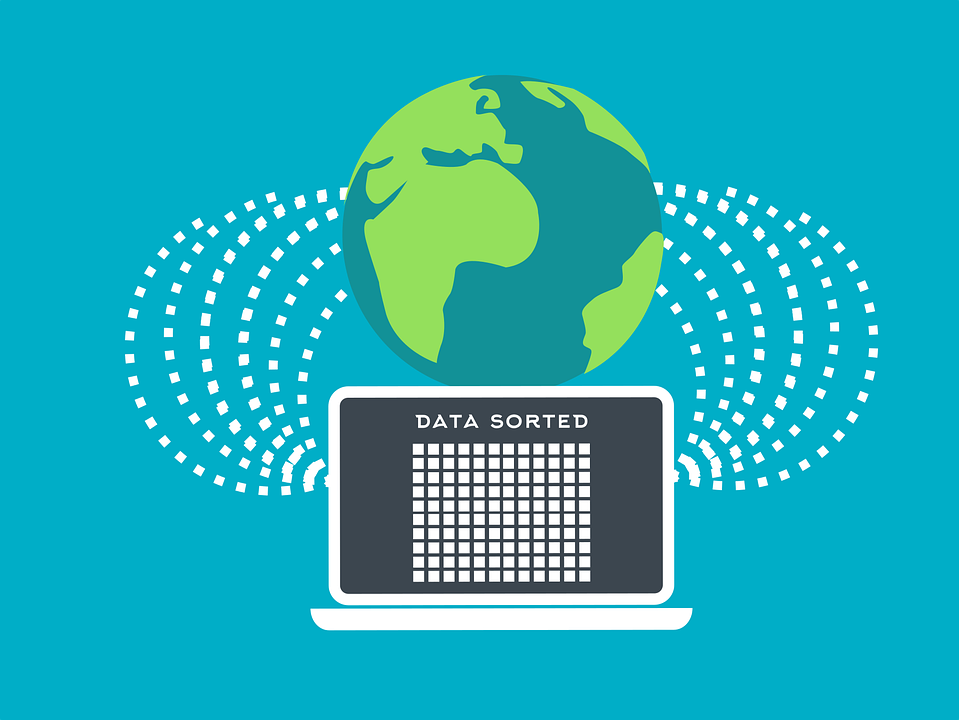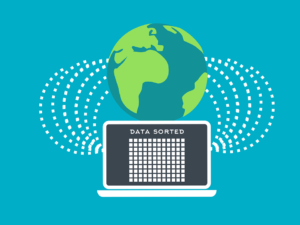Quantitative and Qualitative Analytics and their use cases.
Qualitative and quantitative analytics are two different approaches to data analysis. Qualitative analysis involves examining and interpreting data in order to understand underlying meanings and patterns. This type of analysis is often used to gain insights and generate ideas, and is typically used in the early stages of a research project.
Some common qualitative methods used in data analytics include:
- Observations, which involve watching and recording people’s behaviors and actions in a natural setting.
- Interviews, which involve asking open-ended questions to gather in-depth information from a small number of individuals.
- Focus groups, which involve bringing together a small group of people to discuss a specific topic and gather insights.
- Content analysis, which involves systematically coding and analyzing the content of texts or other forms of communication (such as social media posts) to identify patterns and themes.
- Case studies, which involve conducting in-depth investigations of a specific individual, group, or organization to gain insights into a particular phenomenon.
- Ethnography, which involves immersing oneself in a culture or community in order to understand its customs, beliefs, and practices.
Quantitative analysis, on the other hand, involves using numerical data and statistical methods to understand and explain phenomena. This type of analysis is often used to test hypotheses and make predictions, and is typically used in the later stages of a research project.
Some common quantitative methods used in data analytics include:
- Descriptive statistics, which involve summarizing and describing the data in order to better understand its characteristics and patterns.
- Correlation and regression analysis, which are used to understand the relationship between two or more variables.
- Hypothesis testing, which involves using statistical techniques to evaluate the likelihood that an observed difference between two groups is due to chance or a real effect.
- Time series analysis, which involves using statistical techniques to analyze data collected over time in order to understand trends and patterns.
- Cluster analysis, which involves dividing a dataset into groups (or clusters) based on their similarity to one another.
- Decision trees, which are a type of machine learning algorithm that can be used to make predictions based on data.
You would use qualitative analysis when you want to gain a deep understanding of people’s attitudes, opinions, and behaviors, and when you want to generate ideas or explore new directions for research. You would use quantitative analysis when you want to test hypotheses and make predictions based on numerical data.
Click HERE to learn about Statistical and Exploratory Data Analysis.
Click HERE to learn more about the benefits and advantages of hiring an Independent Data Analyst.


